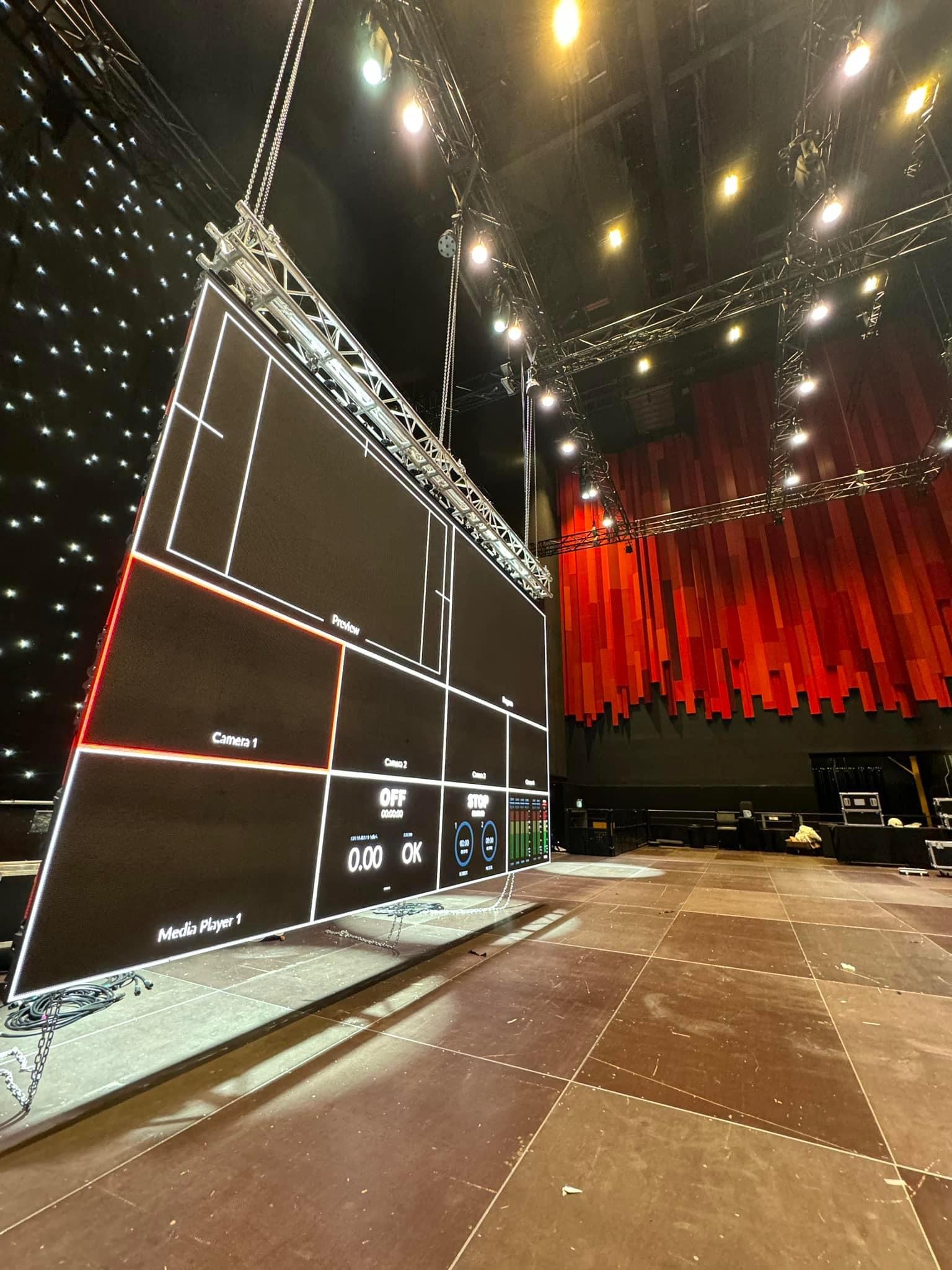Explaining Luminescent Wall Screen Illumination Metrics aiming at Optimal Visual Functionality
Explaining Luminescent Wall Screen Illumination Metrics aiming at Optimal Visual Functionality
Blog Article
LED wall screens have become more and more favored across different environments, including residences and commercial spaces as well as communal areas. Such panels are known for their bright and vibrant displays, which render these suitable to communicating data, ads, as well as engagement. However, comprehending brightness illumination levels for LED wall screens is essential to guaranteeing ideal visual efficacy. Illumination is measured in units called nits, that show the amount of light is emitted from the panel. The higher number of quantity in nits, the brighter a visual is. For instance, example, a panel with 1,000 nits is considerably more vivid compared to one featuring five hundred candelas, rendering this one better equipped for well-lit environments.
As you selecting an LED wall screen, one becomes crucial to consider which environment where that the screen will be placed. For well-lit illumined spaces, like shopping malls or outdoor settings, a higher brightness level is necessary to ensure visibility. Conversely, in darker environments, such as cinemas and meeting spaces, lower diminished illumination rate might be adequate. This is because excessive bright unnecessary luminosity within an dark environment can result in viewer discomfort among the audience, causing them more difficult for concentrate with a display. Thus, comprehending specific particular needs for an setup site will aid with selecting the right illumination level to ensure ideal visual experience.
A further crucial element for take into account is the contrast proportion of the LED panel screen. This ratio measurement indicates how much difference between the most luminous white versus the darkest black black that the panel is able to create. An greater differential ratio means that the display can present greater clarity as well as depth, which enhances overall visual clarity. For example, one panel with a contrast ratio of 10,000:1 will show special info visuals featuring greater brilliant colors and sharper features than a featuring a proportion at 1,000:1. This is especially crucial in instances where showing visuals and motion graphics which require high definition and fine details, including presentations and advertising material.
Moreover, the technology mechanism find out here behind LED panel panels has an essential role in their brightness and total efficiency. Various kinds of Light Emitting Diode technologies, such as OLED and LCD, have unique traits which impact how brightness is perceived. OLED panels typically provide superior differential and deeper blacks, thereby may improve the viewing experience in dim environments. Conversely, traditional LED screens might be better in bright environments due to the capacity to generate greater amounts of illumination. Comprehending these technological differences can help users in making informed decisions according to their specific requirements.
Finally, regular care as well as calibration of LED wall screens may assist preserve optimal brightness and efficacy over time. Dust as well as particles can build up on the screen, impacting its brightness and sharpness of a visual. Periodic washing and professional adjustment may ensure that the screen functions at top best, offering uniform image quality. Moreover, certain advanced Light Emitting Diode wall panels feature with integrated options which enable users to modify brightness settings and color adjustments based on their wants. Through taking these measures, operators will ensure the LED Light Emitting Diode wall screens provide the optimal display performance, no matter where setting where which these are placed.